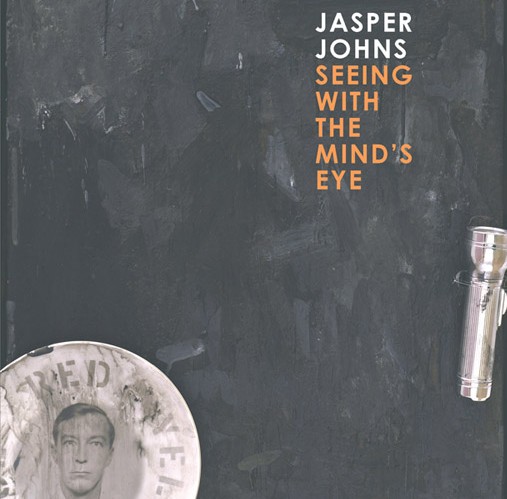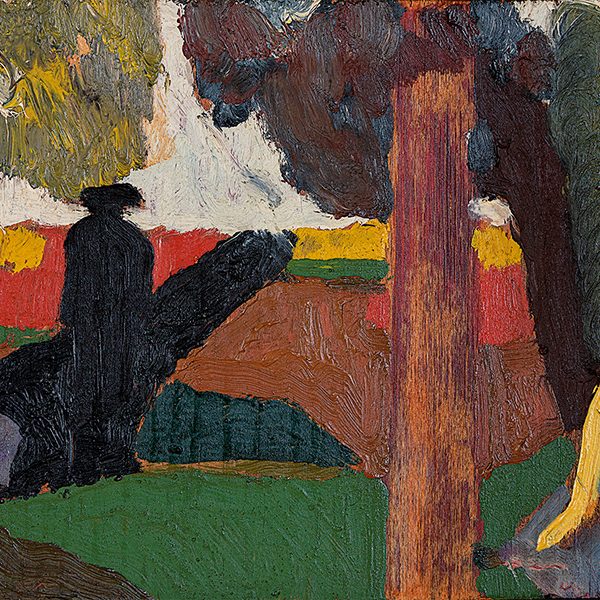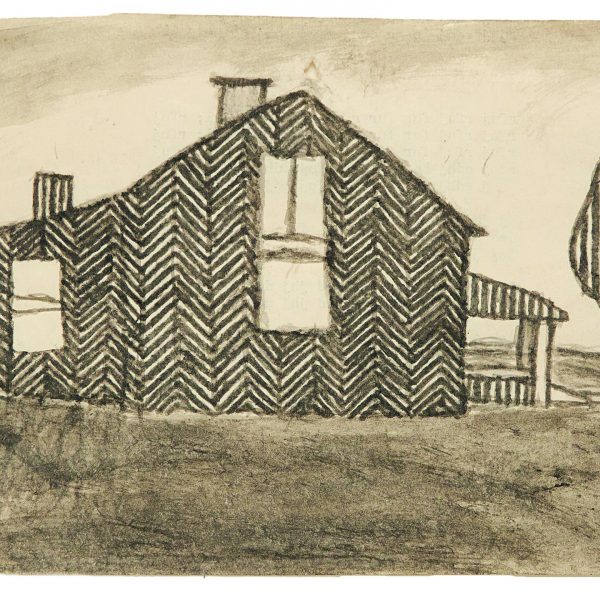Jasper Johns: Ways of Seeing
An interaction with the works of Jasper Johns is an interaction with the processes of perception. His enormous impact on the development of Pop art, Minimalism and Conceptual art in the 1950s and 1960s had much to do with his dedication to and manipulation of our limits of sight. Johns often used objects of everyday life and certain formal elements to challenge our system of seeing and in so doing, mechanizing, challenging, and altering the ways we build meaning.
I am interested in the idea of sight, in the use of the eye. I am interested in how we see and why we see the way we do.
Perhaps Johns’s most iconic images are his concatenations of the American flag. In these, as with his other iterative images (e.g. targets, numbers, maps, letters), Johns reappropriates “everyday” forms that the mind has already catalogued and attached meaning. These subjects are not drawn from mass media, as Warhol and other artists of his generation chose, but the images he represents are deeply engrained in human experience. He reinvents these images—
Take an object
Do something to it
Do something else to it.
The San Francisco Museum of Modern Art recently published a brilliant catalogue, Jasper Johns: Seeing with the Mind’s Eye,edited by Gary Garrels; the book includes an essay entitled “Flags” by Nan Rosenthal, in which she offers the following insight: “In all his works across media, Johns strives to create situations that actively provoke the viewer’s ongoing act of rereading.” On Johns’s canvases, the American flag becomes something new to behold, and transmits a series of freshly assembled significations that the viewer now engages.
 A large of part of Johns’s impact on perception is due to his rejection of subjectivity. Back to the catalogue for an observation from Roberta Bernstein’s in her essay on Johns’s “Numbers” series; she writes that his literal renderings of commonplace things drained subjectivity from subject matter while also rejecting the viability of abstraction. This restraint signals to the viewer a sense of emotional detachment, which was particularly shocking for his contemporary viewers surrounded by the intimacy and passion of the New YorkSchool artists. Interestingly, de Kooning noted this uniqueness in Johns’s work, terming him a “signpainter” whereas de Kooning saw himself as a “housepainter.”
A large of part of Johns’s impact on perception is due to his rejection of subjectivity. Back to the catalogue for an observation from Roberta Bernstein’s in her essay on Johns’s “Numbers” series; she writes that his literal renderings of commonplace things drained subjectivity from subject matter while also rejecting the viability of abstraction. This restraint signals to the viewer a sense of emotional detachment, which was particularly shocking for his contemporary viewers surrounded by the intimacy and passion of the New YorkSchool artists. Interestingly, de Kooning noted this uniqueness in Johns’s work, terming him a “signpainter” whereas de Kooning saw himself as a “housepainter.”
Johns’s rejection of emotionalism on the part of his viewer makes us question our perception of art practice. In many ways, this detached nature emphasizes the craft of his creation and but the true objectivity of creation. Bernstein writes, “Their uncertain status, hovering between artwork and the thing itself, focused attention on the process of perception—how reality is represented through visual signs and how the viewer interprets those signs.” His methodology is quite brilliant—Johns comments on the viewer’s consumption of signs via a manipulation, and often even a withholding of such signs.
The above instances are only a small piece of Johns’s play of perception. His choice of color, his manipulation of three-dimensional objects on the canvas plane, his creation of three-dimensional objects in sculpture are all explorations of perception, and the list of his ways of playing grows longer as each work is considered. Johns was acutely aware of these phenomena and invites his viewers to question their ways of seeing.
My work is largely concerned with relations between seeing and knowing, seeing and saying, seeing and believing. Preconceptions which are a sort of “knowing” may be placed in doubt or may be affirmed by seeing.


























